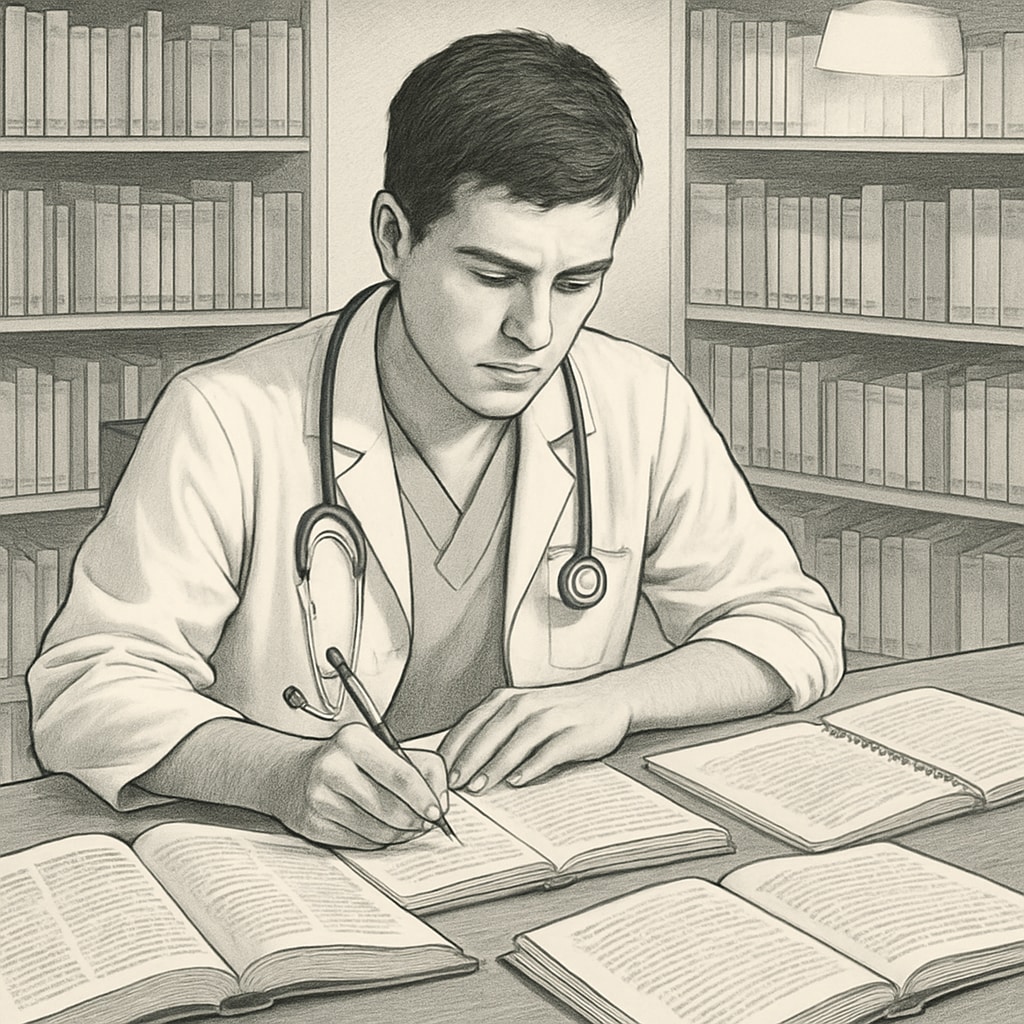The education system is often a rigid structure designed to standardize learning outcomes. However, for students with learning difficulties, this system can feel like an insurmountable obstacle. For one such student, the dream of becoming a doctor persists despite the challenges, highlighting the need for a more inclusive approach to education. This article examines the barriers within the education system, the resilience of students with learning difficulties, and practical strategies to support their medical aspirations.
The Flaws in Our Education System
For students with learning difficulties, such as dyslexia or ADHD, the traditional education system often fails to meet their needs. The emphasis on memorization, standardized testing, and one-size-fits-all teaching methods leaves little room for individualized learning approaches. According to a Britannica article on special education, many schools lack the resources and trained staff required to support diverse learning needs. As a result, these students may feel left behind, discouraged, and misunderstood.
Moreover, societal stigma surrounding learning difficulties can exacerbate the problem. Students may internalize these negative perceptions, leading to low self-esteem and diminished motivation. Without proper intervention, the cycle of frustration and academic failure can perpetuate.

Resilience and the Dream of Becoming a Doctor
Despite these challenges, many students with learning difficulties demonstrate remarkable resilience. Their experiences often cultivate unique qualities, such as empathy, creativity, and problem-solving skills—all of which are essential in the medical field. For example, a student struggling with dyslexia might develop strong verbal communication skills to compensate for reading difficulties, a valuable trait for patient interaction.
However, the path to becoming a doctor remains steep. Medical studies demand rigorous academic performance, which can seem daunting for students who already struggle in a traditional school setting. Yet, stories of individuals who have defied the odds prove that perseverance, coupled with the right support, can turn these challenges into strengths.

Practical Strategies for Success
So, how can students with learning difficulties overcome the barriers of the education system and pursue their medical dreams? Here are some practical strategies:
- Seek Tailored Support: Work with educators or specialists to develop individualized education plans (IEPs) that address specific learning needs.
- Leverage Technology: Utilize assistive tools such as text-to-speech software, audiobooks, and apps designed for organization and time management.
- Build a Support Network: Connect with mentors, counselors, and peers who understand and encourage your goals.
- Focus on Strengths: Emphasize areas of natural ability, such as interpersonal skills or creative problem-solving, to build confidence.
- Advocate for Yourself: Communicate openly with teachers, professors, and admissions committees about your needs and aspirations.
Additionally, institutions must play a role in fostering inclusivity. Medical schools, for instance, can implement accommodations such as extended test times or alternative evaluation methods to level the playing field for all students.
A Call for a More Inclusive Education System
Ultimately, the journey of a student with learning difficulties striving to become a doctor is a testament to the human spirit. However, these individual efforts must be supported by systemic change. By prioritizing inclusivity and providing adequate resources, the education system can empower all students to reach their full potential.
For those pursuing their medical dreams, resilience and resourcefulness are key. With determination and the right tools, learning difficulties need not be a barrier to success. Instead, they can become a source of strength, shaping compassionate and innovative future professionals in the medical field.
Readability guidance: Use short paragraphs and bullet points to summarize key strategies. Ensure smooth transitions between sections with phrases like “however,” “in addition,” and “as a result.” Avoid long sentences and excessive jargon for better readability.


